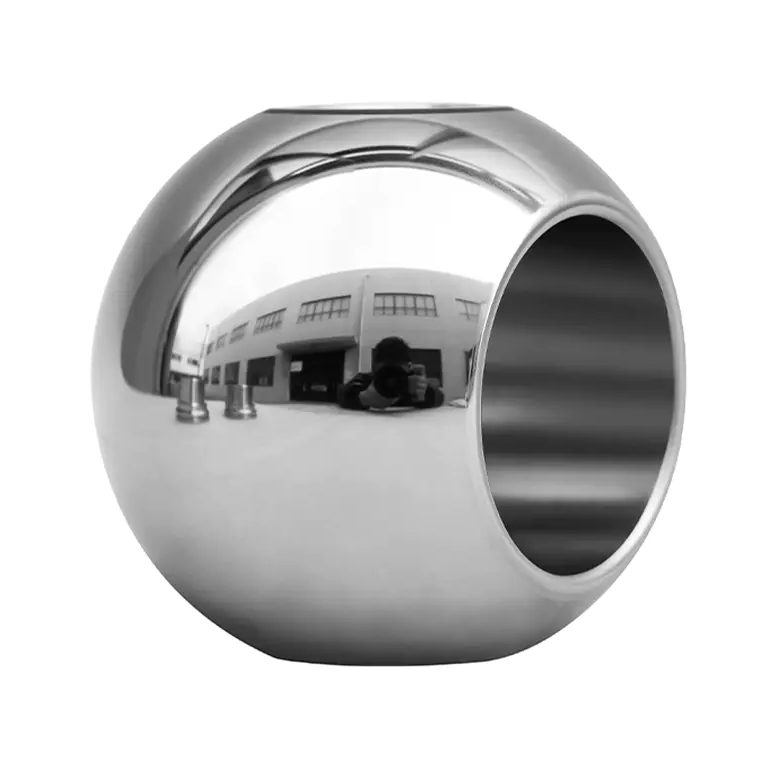Ball valve balls serve a key mechanical function in isolation and flow control systems. Their unique shape and bore structure enable a 90-degree rotation to manage fluid movement effectively. These balls are not interchangeable across systems; instead, they are tailored to meet pressure ratings, media compatibility, and temperature resistance.
The manufacturing process begins with material selection. For general service, brass or stainless steel may be adequate. For systems involving slurry, hydrocarbons, or abrasive materials, hardened alloys or ceramic coatings are often chosen. The surface hardness impacts not just wear life, but also how well the ball seats during shutoff.
Some ball valve balls are designed with floating support, where the ball is pressed by the upstream pressure against the downstream seat to achieve sealing. Others use a trunnion-mounted configuration, with support shafts to limit movement under high pressure. This variation affects the internal forces acting on the ball and defines what kind of materials and tolerances are required.
The bore geometry can be customized for specific flow conditions. V-port or segmented designs are used when throttling is needed, rather than just on/off control. These variations allow for more gradual changes in flow, which is useful in chemical processing or batch systems. Special surface treatments may also be applied to reduce friction or increase chemical resistance.
When designing a valve for a new application, engineers evaluate the torque characteristics of the ball valve ball. Lower operating torque means easier actuation, especially for motor-driven valves. Lubrication and surface finishing techniques help reduce drag during operation, while still maintaining consistent sealing pressure.
Though the ball may seem like a simple part, it plays a critical function in valve performance. Its rotational dynamics, material resilience, and sealing behavior collectively determine how well the valve performs over time in challenging conditions.
